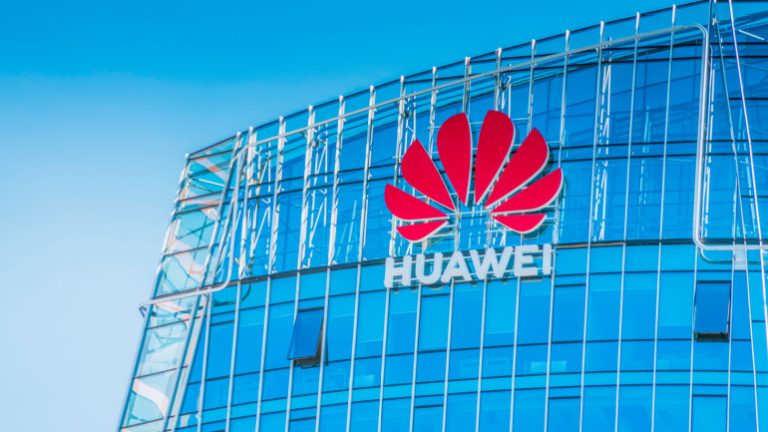
The Internet of Things (IoT) is on a fast track to transform the telecommunications landscape, with a projected 142 million 5G IoT roaming connections by 2027, up from 15 million in 2022. Juniper Research affirms that by 2027, IoT will make up 27% of all 5G roaming connections.
These augments align with the increasing deployments of standalone 5G networks, painting a vision of higher speeds, lower latency, private networks, and advanced services. Thus, creating a demand for standalone-specific 5G roaming agreements as customers seek for equivalent experiences at home and on the go.
While this development primarily affects consumer and enterprise services, the ripple effect touches the IoT, especially concerning enterprise and private networks. “Faster speeds and lower latencies are good news for 5G IoT roaming and help to improve the value proposition of the roaming model,” Juniper Research elaborates.
It’s important to note, however, that the adoption of 5G for IoT isn’t vital and the shift will be gradual. According to Juniper Research, most connected sensors and devices will continue to operate on LTE-M and NB-IoT networks. A key feature will be the compatibility to support mixed traffic between LTE and 5G networks.
Given the landscape, Western Europe emerges as a significant hub for IoT roaming on 5G. Although the region houses just 5% of the global population, it is predicted to host 21% of 5G IoT roaming connections by 2027.
To maximise this opportunity, Juniper analyst Elisha Sudlow-Poole advises operators to establish roaming agreements that bolster standalone 5G networks. This would enhance network performance for roaming connections and ensure consistent service levels between home and roaming.
In recent months, around 35 operators worldwide have launched a 5G SA protocol. The figures follow Ericsson’s Mobility Report, where Vodafone subsequently released its 5G Ultra services in parts of the UK. On a global scale, Nokia showcased what it claims is Qatar’s first data call in 5G SA with Ooredoo.
With the ever-evolving telecommunications landscape, these developments bear testimony to the boundless possibilities of 5G and IoT. Remember, “that sounds like good advice for telcos all over the world, not just in Western Europe.” Keep informed with the latest telecom news by signing up for our newsletter here.




